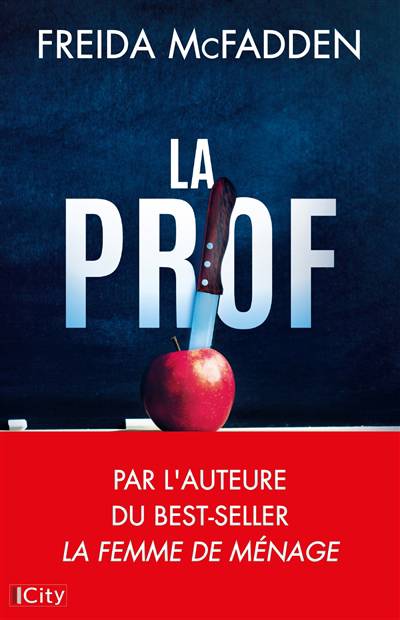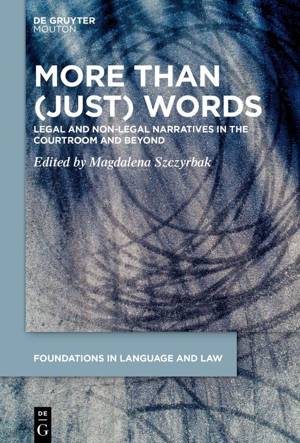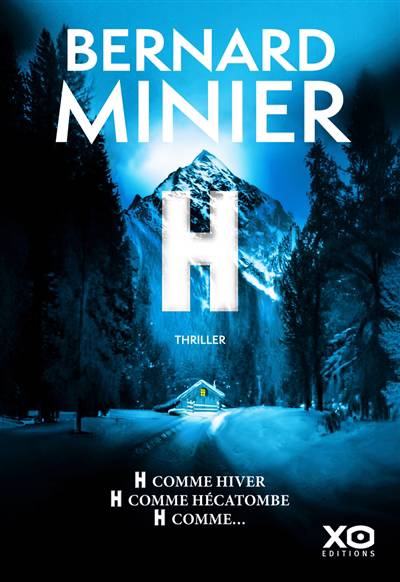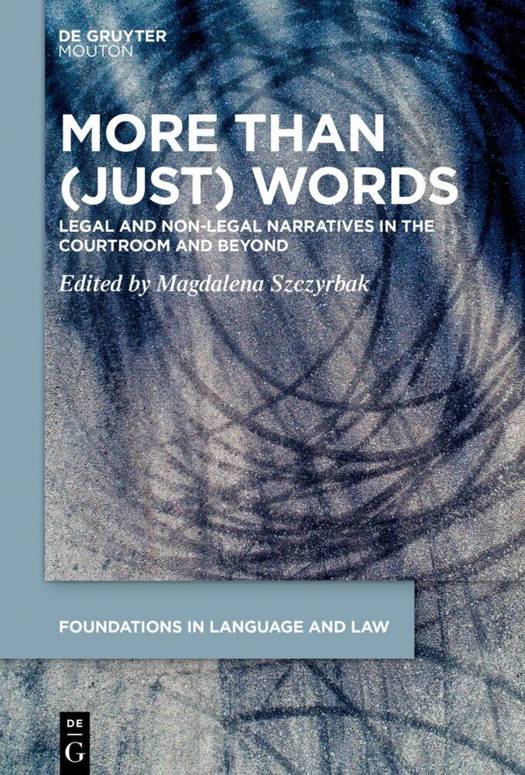
- Retrait gratuit dans votre magasin Club
- 7.000.000 titres dans notre catalogue
- Payer en toute sécurité
- Toujours un magasin près de chez vous
- Retrait gratuit dans votre magasin Club
- 7.000.0000 titres dans notre catalogue
- Payer en toute sécurité
- Toujours un magasin près de chez vous
More Than (Just) Words
Legal and Non-Legal Narratives in the Courtroom and Beyond
Description
This edited collection illuminates the mechanisms involved in courtroom reality construction and the ways in which trial narratives are created and legal facts established. It covers a wide range of jurisdictions and legal procedures spanning five continents. In addition to explaining how courtroom actors utilise words to craft their narratives within institutional constraints, it draws attention to the effect the gestural, visual and material resources have on the discursive shaping of the judicial process. The book highlights the intersection of legal and non-legal perspectives in judicial and related settings: those of judges, prosecutors, attorneys, complainants, lay witnesses, forensic experts, witness intermediaries and jurors. Going beyond (just) words, the volume elucidates the processes of meaning-making and the discourse practices which underlie asymmetrical interaction in judicial settings. Informed by diverse theoretical frameworks, the book will appeal to legal linguists and discourse analysts studying institutional communication, as well as legal practitioners engaged in trial practice.
Spécifications
Parties prenantes
- Editeur:
Contenu
- Nombre de pages :
- 320
- Langue:
- Anglais
- Collection :
- Tome:
- n° 14
Caractéristiques
- EAN:
- 9783111430904
- Date de parution :
- 30-06-25
- Format:
- Livre relié
- Format numérique:
- Genaaid
- Dimensions :
- 155 mm x 230 mm

Les avis
Nous publions uniquement les avis qui respectent les conditions requises. Consultez nos conditions pour les avis.





